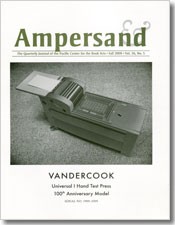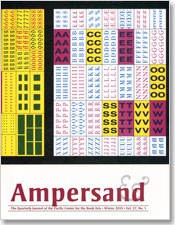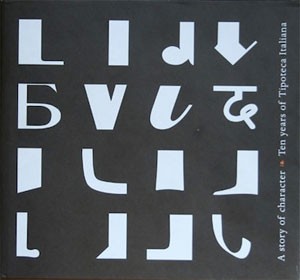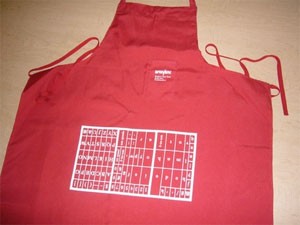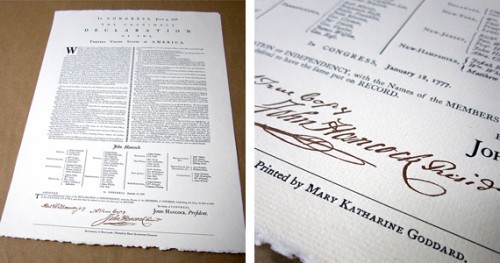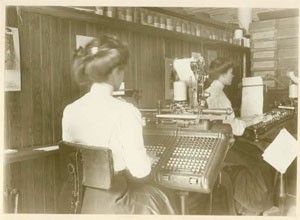 Last weekend I stumbled upon an online exhibit from Princeton University Library’s Graphic Arts Collection called Unseen Hands: Women Printers, Binders and Book Designers. The introduction to the exhibit starts
Last weekend I stumbled upon an online exhibit from Princeton University Library’s Graphic Arts Collection called Unseen Hands: Women Printers, Binders and Book Designers. The introduction to the exhibit starts
Women have been involved in printing and the making of books ever since these crafts were first developed. Even before the advent of movable type, there was a strong tradition of women producing manuscripts in western European religious houses. In the Convent of San Jacopo di Ripoli in Florence, we find the first documented evidence, in 1476, of women working as printers. Girls and women were often trained by their fathers or husbands to assist in printing businesses, and there are many instances from the fifteenth to the eighteenth centuries of women taking over and managing these enterprises upon the early demise of their male relatives.
It’s nicely arranged — you can look at the women featured by name, occupation, thumbnails of their work or on a timeline. Links lead you to a short summary of each woman’s work and more pictures.
![]() Pictured above, women setting type at a monotype machine at the Riverside Press, Cambridge, 1911 (seen here).
Pictured above, women setting type at a monotype machine at the Riverside Press, Cambridge, 1911 (seen here).

